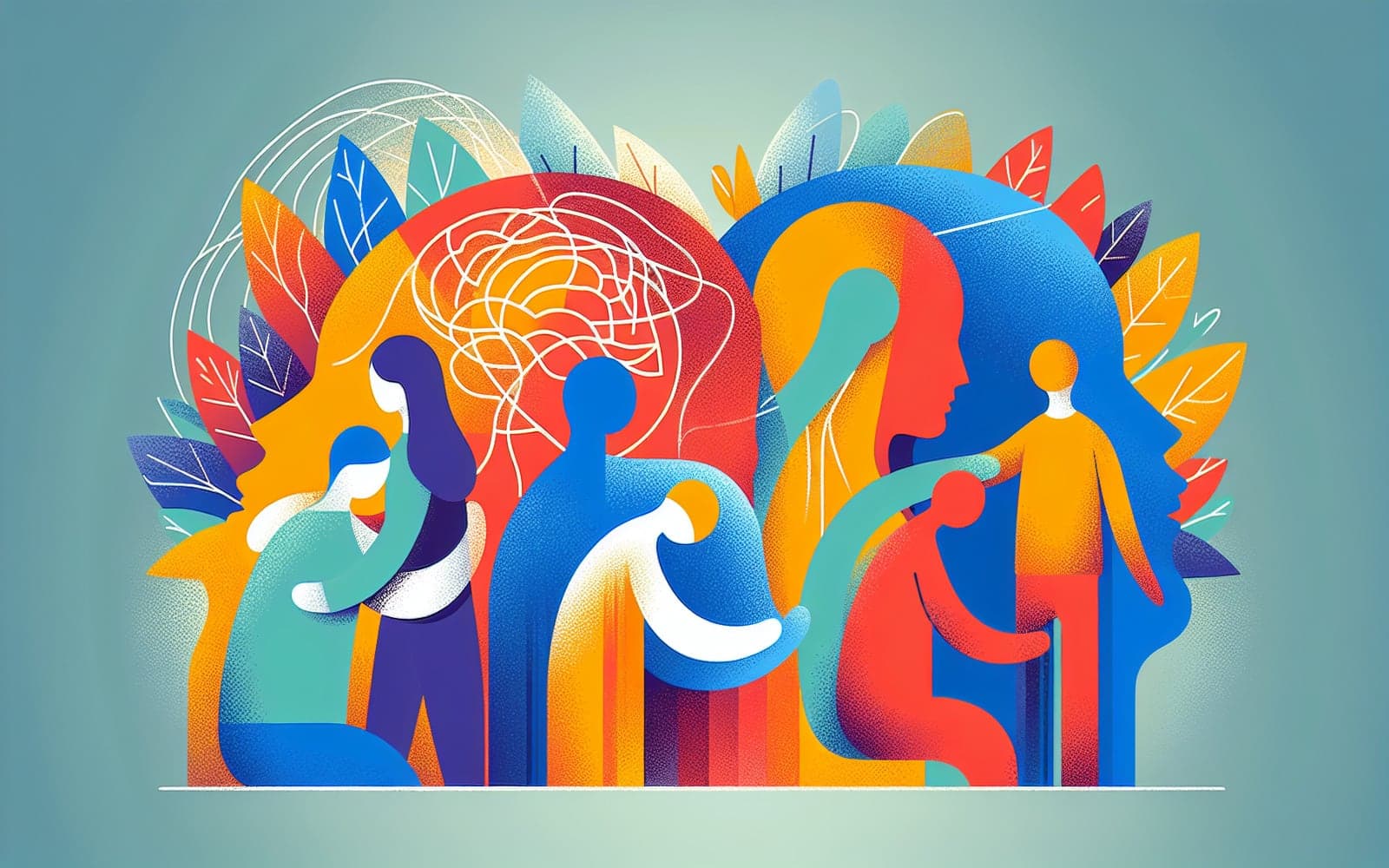What Happens During a Stroke?
Published: Sep 01, 2023
Strokes are sudden and life-threatening events that require immediate medical attention. Understanding the onset and initial management of a stroke can be crucial for minimizing brain damage.
Contents
Recognizing a Stroke
The core feature of a stroke is the sudden loss of brain function. This can manifest as slurred speech, weakness on one side of the body, or confusion. However, other conditions like seizures or migraines can mimic these symptoms, making a quick and accurate diagnosis essential.
Immediate Actions
When someone is suspected of having a stroke, the priority is to ensure their vital signs are stable. This includes monitoring their airway, breathing, and circulation. A rapid assessment will determine if they are eligible for treatments like thrombolysis or thrombectomy, which can significantly impact recovery.

The Importance of Time
In stroke management, every second counts. The faster a patient receives treatment, the better the chances of reducing brain damage. Initial tests like CT scans and blood glucose levels are crucial to guide the treatment process and must be done swiftly.
Frequently Asked Questions
Facial drooping, arm weakness, and speech difficulties are key signs.
Quick treatment can minimize brain damage and improve recovery chances.
CT scans and blood glucose tests are crucial in early diagnosis.
Yes, conditions like seizures and migraines can mimic stroke symptoms.
Key Takeaways
Recognizing and responding to stroke symptoms quickly can save lives and improve outcomes.
Talk to Doctronic for more insights on stroke recognition and management.Related Articles
References
Powers WJ, et al. Guidelines for the Early Management of Patients With Acute Ischemic Stroke: 2019 Update.
Kothari R, et al. Early stroke recognition: developing an out-of-hospital NIH Stroke Scale.
Always discuss health information with your healthcare provider.